Even though the Tesla Model 3 is the most popular Electric Vehicle (EV) in Australia, the number of EV models in the market is increasing everyday.
With so many EVs in the market and more on their way, it is important to know the right EV connector for your car, especially when purchasing new EV chargers. Keep in mind that not only there are multiple types of EV chargers, but there are also multiple EV connectors. In this article, we explain the standard covering EV plugs, the difference between AC and DC connectors, available EV connectors in Australia, and the possibility to convert connectors between them for easier charging.
What is the Australian Standard Covering EV Connectors?

EV connectors in Australia are ruled by the Australian Standards institute. Australian EV standards are specifically regulated by the AS IEC 62196.2:2014 designation, which is identical to the IEC 62196-2:2011 international standard. This is something that your EV charger installer needs to check beforehand at the time to install your electric car charger.
The bad news is that the Australian standard does not mandate a single type of electric car charging plug, but allows the usage of North American and European standards alike. As a consequence, Australia currently has many EVs that use different types of AC and DC connectors. This however is changing with more EVs adopting a standard plug.
How Are AC vs. DC Charging Connectors Different?
Layouts for AC and DC connectors feature several similarities and only a few differences, depending on the type of electric car charging plug. The main difference between AC and DC EV connectors is the pins used to transfer power, but there are other differences for each type of charging.
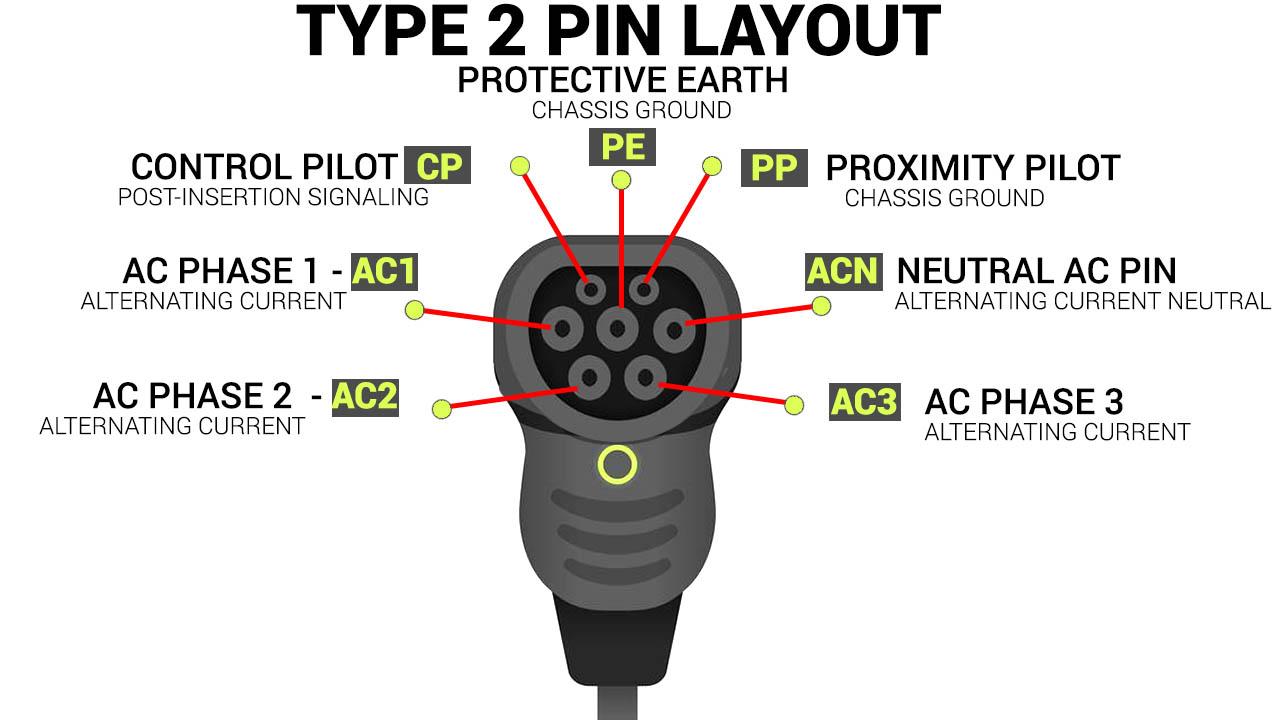
During the AC charging process, AC power is delivered to the car through a single-phase or three-phase connection, and the AC to DC conversion process occurs within the EV. Most EV AC plugs feature an earthing pin, neutral pin, phase (1 – 3) pin, a control pilot, and proximity pilot.
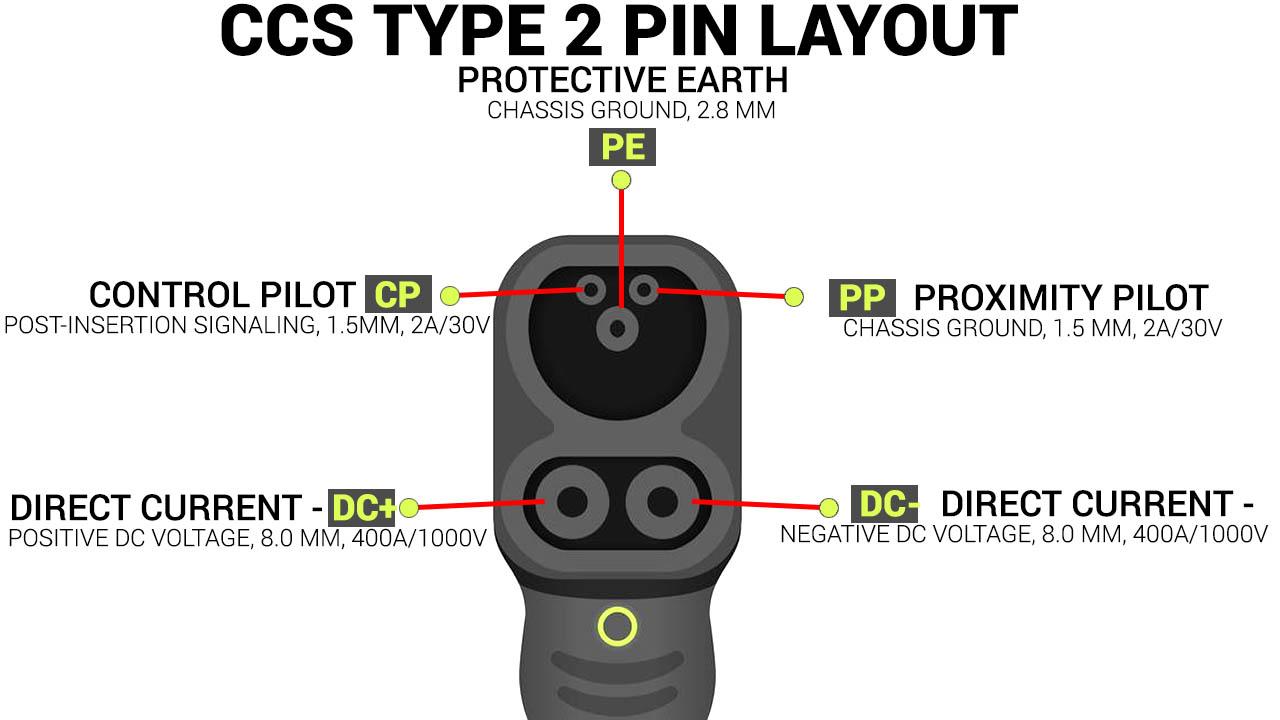
During the DC charging process, the AC to DC conversion occurs outside the vehicle. For DC charging, the electric car charging plug features a DC positive and negative pin, which is where the DC power is going to be transferred.
Knowing Your Connectors: AC Charging vs. DC Charging
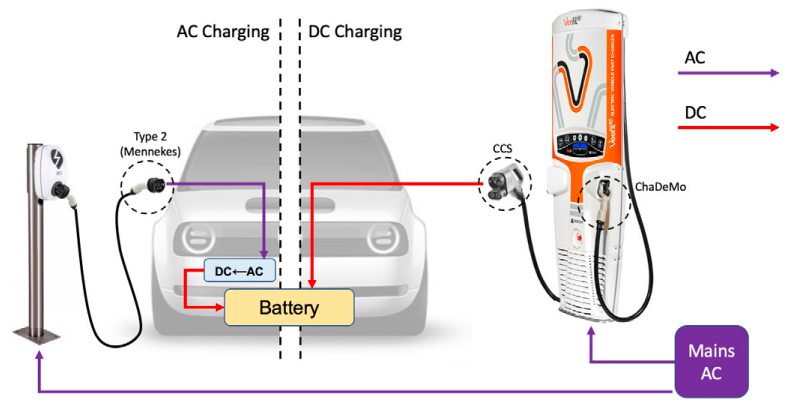
There are several types of EV connectors in Australia as part of the European and U.S. standard. Learning about the different AC and DC connectors is key to choosing the right one for your EV. See some of the common ones below.
AC Charging: SAE J1772
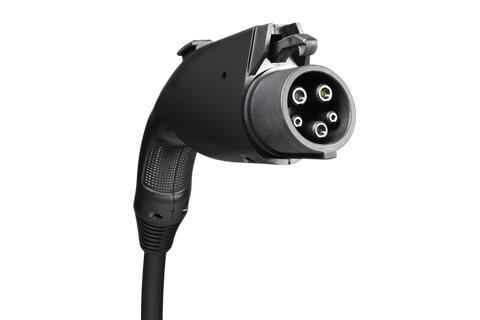
The Type 1 or SAE J1772 EV connector is the preferred option for AC charging in the U.S. and Japan. This connector features a 120 – 240 VAC single-phase connection and can handle an 80 amps current.
AC Charging: Type 2 (Mennekes)
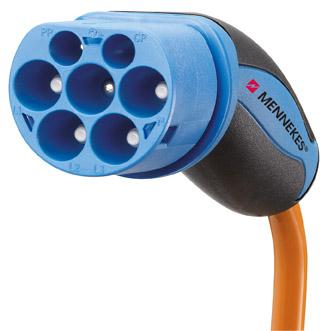
The Mennekes or Type 2 EV connector is the standard AC charging model in Europe and more and more commonly in Australia. This connector operates at a maximum voltage of 500V and can either handle a single-phase 70 amps current or a three-phase 63 amps current. Australian EV distributors agree with popularising the Type 2 EV connector as the standard EV plug in the country, and so more and more cars feature this plug. As a matter of fact, you will that most EV chargers such as the Ocular LTE, the Wallbox Pulsar or the Zappi will be designed with this type of charger.
DC Charging: CCS1 Combo
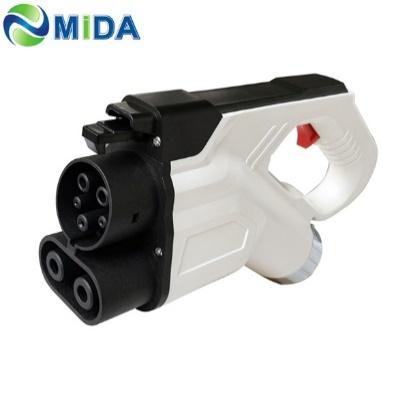
The Combined Charging System Type 1 (CCS1) Combo combines the SAE J1772 EV connector with DC pins, creating the DC charging standard in the U.S. The CCS1 differs from the SAE J1772 EV connector in the inclusion of DC-positive and negative pins. The CCS1 Combo connector can operate for DC charging at a maximum voltage of 1,000V and a current of up to 200 amps.
DC Charging: CCS2 Combo
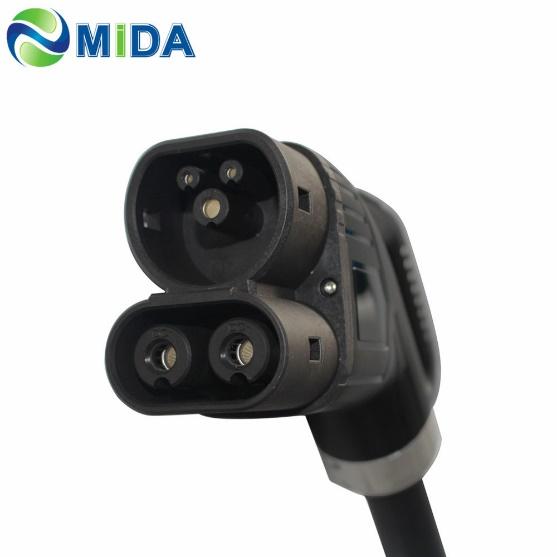
The Combined Charging System Type 2 (CCS2) Combo is an EV connector featuring the same layout as a Type 2 EV connector, but with additional pins to carry DC. Parameters for the CCS2 combo are practically the same as the CCS1 Combo, charging at a voltage of up to 1,000V and an ampacity of 200 amps. This connector is becoming the preferred option for DC charging in Australia.
DC Charging: CHAdeMO
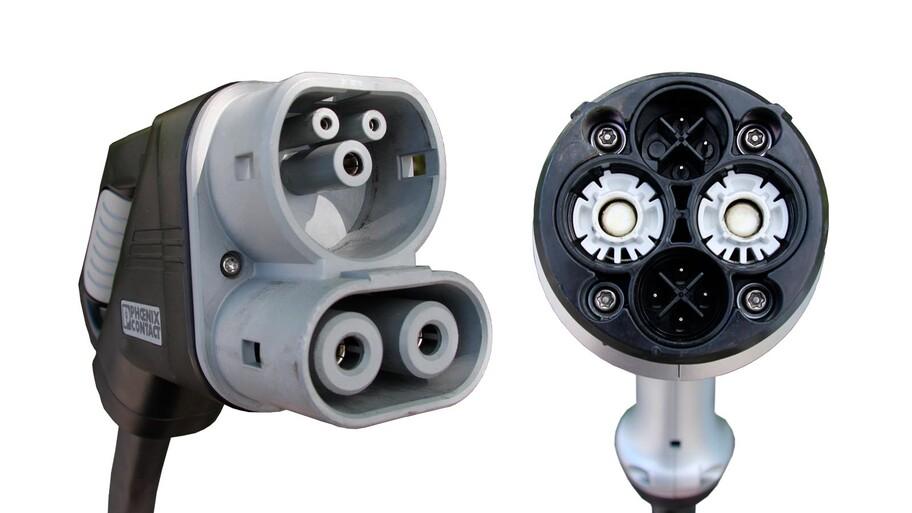
The Charge de Move (CHAdeMO) is the standard EV connector for DC charging in Japan. In Australia, CHAdeMO plugs are common due to the high level of EV imports from Japan, but this plug type is slowly losing popularity. This connector is needed to charge some Japanese imported vehicles. This is the highest-rated power EV plug for DC charging since it can handle 400 amps at a voltage of up to 1,000V, delivering up to 400kW.
Conversion Between Connectors, Is It Possible?
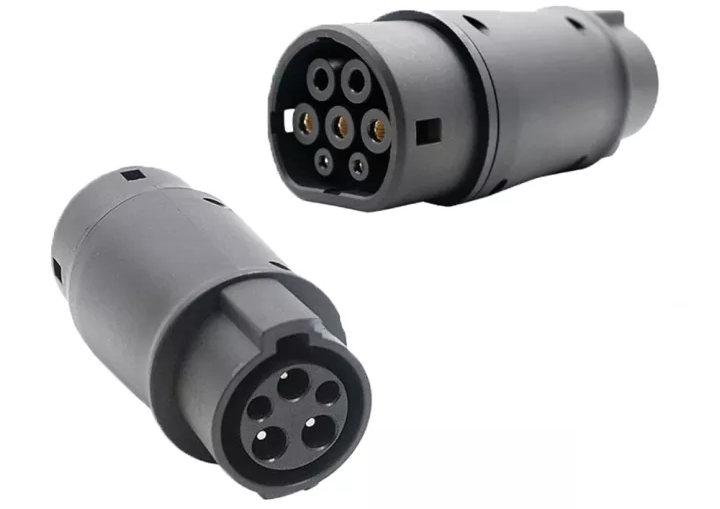
Conversion between one electric car charging plug and another is possible, yet there are a few limitations. In this section, we look at the possibility of converting one connector into another.
AC Connector Conversion
Australian EV distributors agree to standardise the usage of the Type 2 Mennekes electric car charging plug as the main AC charger available. EV drivers with an EV SAE J1772 plug will be able to convert from the SAE J1772 to Type 2 Mennekes, but this cannot be done the other way around.
DC Connector Conversion
Converting between CHAdeMO, CCS1, and CCS2 DC chargers is not possible. However, CCS2 Combo (Type 2 compliant) is becoming the norm for DC charging in Australia.
DC public EV charging stations can accommodate the standardised Type 2 DC charging plugs and additionally install CHAdeMO ones.
Final Word
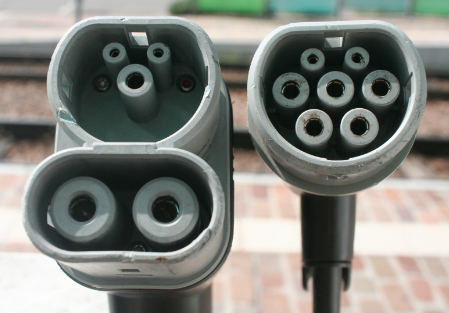
The Australian EV industry has been adrift for years regarding a specific EV plug standard for EVs. Some EVs feature U.S. standards, while others opt for European ones. The most common AC plug is the Type 2 Mennekes (as featured in the above image on the right), and the most common DC plug is the CCS2 (as featured in the above image on the left). However, as we explored above this is not a standard rule and this does vary by car, so be sure to check your car’s plug type to be 100% sure.
By learning about the different EV connectors in Australia, you will be able to differentiate them and pick the right one for you, or even learn about the charging parameters for each one of them.